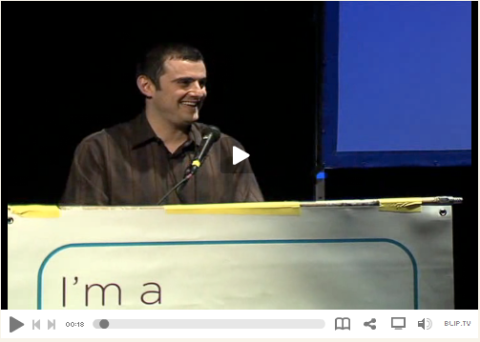Steve Rubel posts about his information saturation.
He writes:
We are reaching a point where the number of inputs we have as individuals is beginning to exceed what we are capable as humans of managing. The demands for our attention are becoming so great, and the problem so widespread, that it will cause people to crash and curtail these drains. Human attention does not obey Moore’s Law.
…
My attention has reached a limit so I have re-calibrated it to make it more effective. I think this issue is an epidemic. We have too many demands on our attention and the rapid success of Tim’s book indicates that people will start to cut back on the information they are gorging. If this happens en masse, will it cause a financial pullback? Possibly if ad revenues sag as a result.
Stowe Boyd writes in response:
No, I think we need to develop new behaviors and new ethics to operate in the new context.
Most people operate on the assumption that the response to increased flow is to intensify what was working formerly: read more email, read more blogs, write more IMs, and so on. And at the same time motor on with the established notions of what a job is, how to accomplish work and meet deadlines, and so on.
In a time of increased flow, yes, if you want to hold everything else as is — your definition of success, of social relationships, of what it means to be polite or rude — Steve is right: you will have to cut back.
Who is right? Who is wrong? Maybe Steve is just old and Stowe is divining the new social consciousness.
Maybe Stowe is just being an extreme purist (Stowe? Never!) and just needs to recognize that there is middle ground.
Maybe the middle ground – Flow based tools that help to refine the stream.
Our eyes can handle the sun – but sunglasses are nice too.








